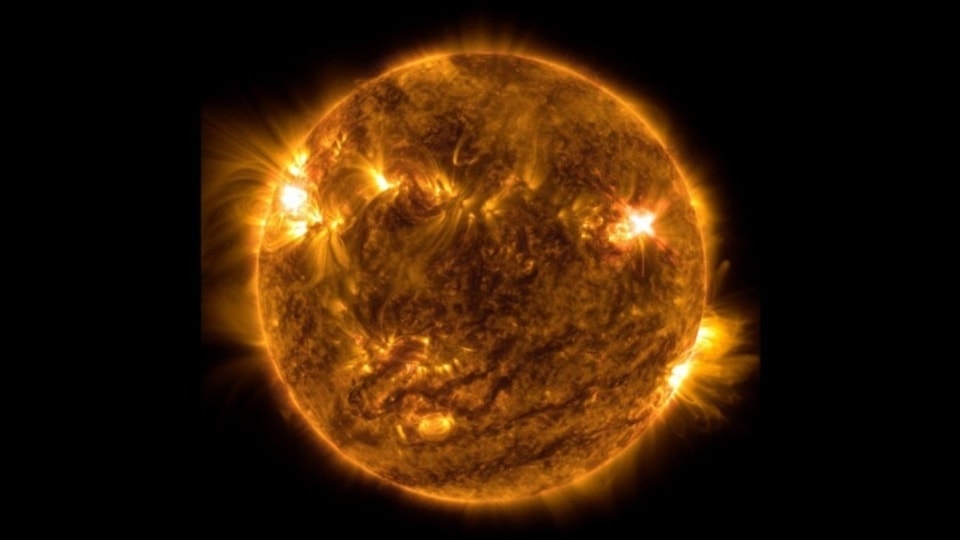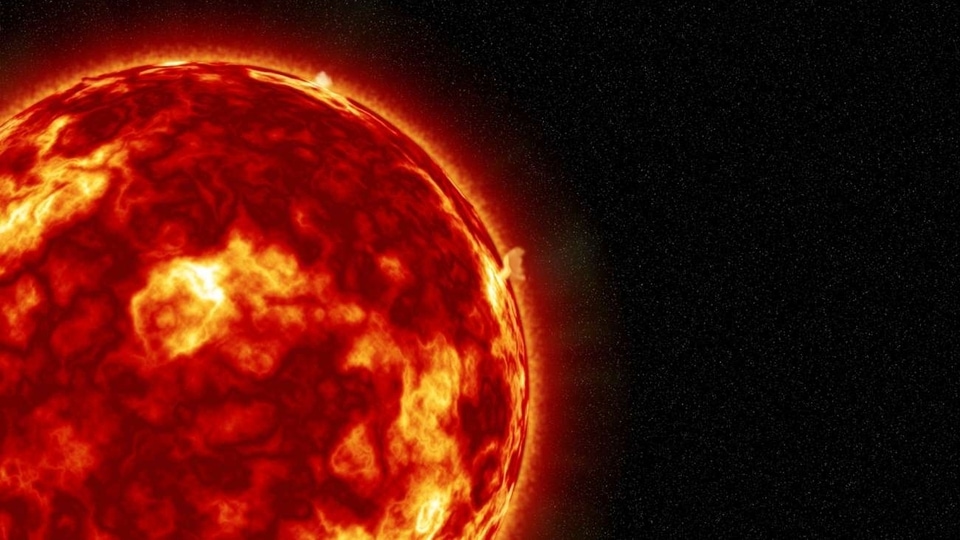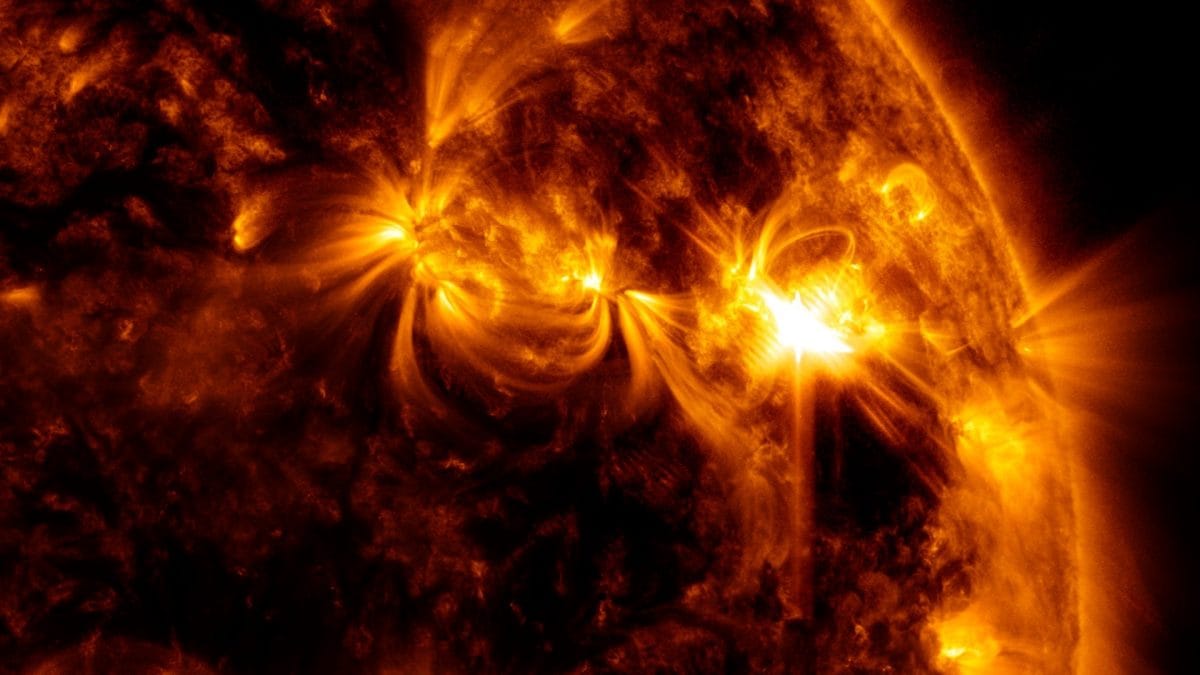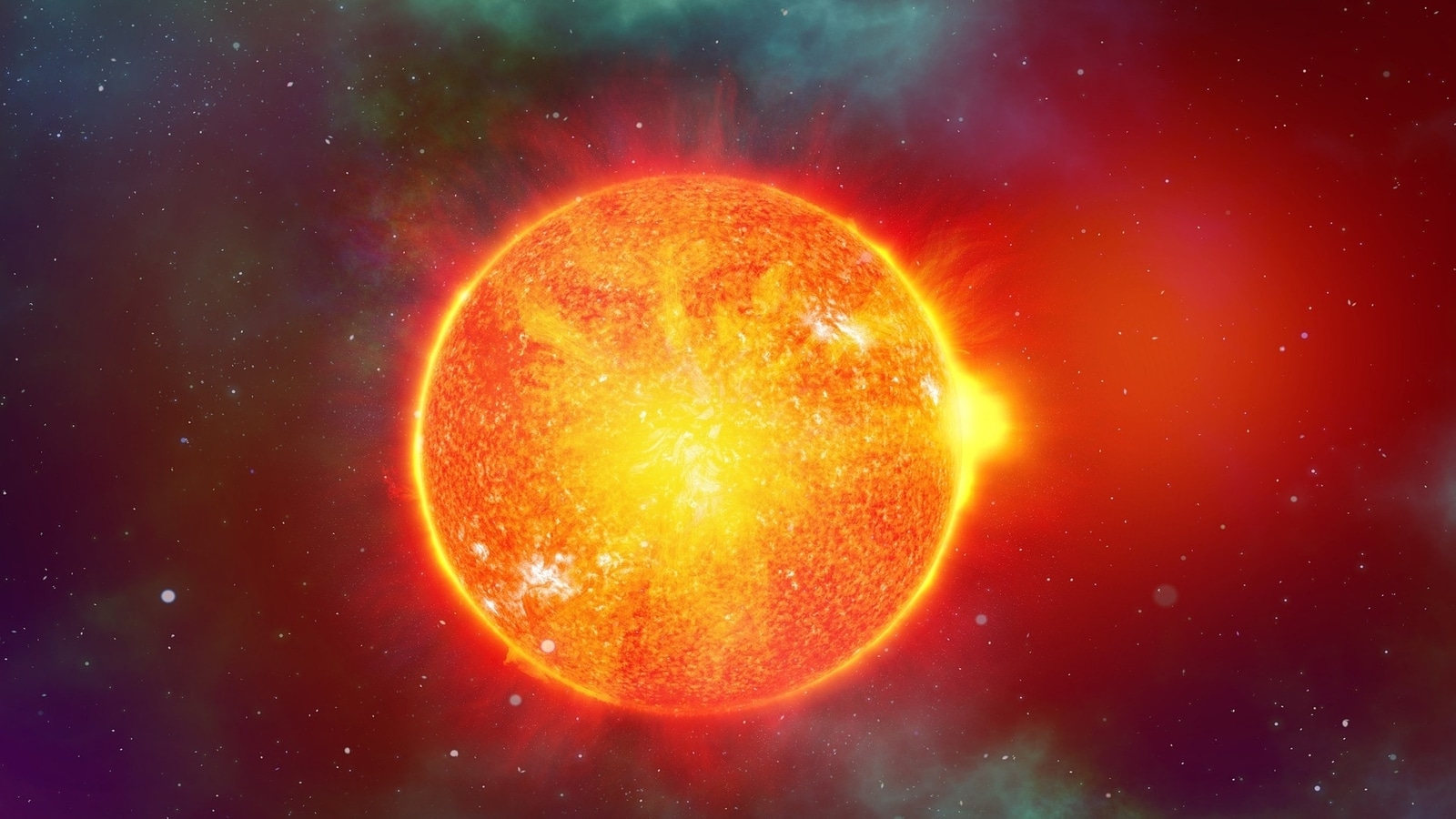Incoming CIR could spark solar storm on Earth TODAY; Know all about it
A solar storm is all set to hit the Earth later today as a co-rotating interaction region (CIR) is likely to arrive in the next few hours. Know what to expect.






 View all Images
View all ImagesThe Earth this month has seen quite a few impacts due to the solar activities on the Sun, including a couple of solar flare eruptions and consequent radio blackouts, but so far we have not seen any solar storm events. But that is expected to change later today, October 12, as a National Oceanic and Atmospheric Administration (NOAA) forecast has revealed that our planet is likely to be hit by a co-rotating interaction region (CIR) that can spark a solar storm event. Know the likely impact of this solar storm, and why events like CIR occur.
According to a report by SpaceWeather.com, “NOAA forecasters say that a co-rotating interaction region (CIR) could hit Earth later today. CIRs are shock-like transition zones between fast- and slow-moving streams of solar wind. Think of them as mini-CMEs. If this one arrives as predicted, Arctic sky watchers might witness an outburst of lights tonight”.
Solar storm sparked by CIR
Co-rotating Interaction Regions (CIR) are caused when fast-moving solar winds from different directions strike the Earth, stretching apart its magnetic field and creating cracks. The magnetosphere eventually recovers, healing these cracks on its own. The last time a solar storm was sparked by CIR was in June. So, while they are relatively uncommon, they are not rare.
However, with the Sun nearing the peak of its solar cycle, such cracks can have a devastating effect as they amplify the intensity of the solar storm. If it was a powerful CME cloud, it could have produced a severe solar storm. A severe solar storm can even interrupt mobile data, and internet reception and cause power grid failure.
NOAA's Sun monitoring satellite
One of the major entities that observe and predict such atmospheric disturbances is the National Oceanic and Atmospheric Administration. It has an arsenal of satellites floating around the Earth that observe our planet and outer space to analyze and understand what causes different weather phenomena. One such tech marvel is the NOAA-20 satellite. It is a polar-orbiting, non-geosynchronous, environmental satellite, part of the Joint Polar Satellite System.
It crosses the equator about 14 times daily, providing full global coverage twice a day. This gives meteorologists information on atmospheric temperature and moisture, clouds, sea-surface temperature, ocean color, sea ice cover, volcanic ash, fire detection, and more.
Catch all the Latest Tech News, Mobile News, Laptop News, Gaming news, Wearables News , How To News, also keep up with us on Whatsapp channel,Twitter, Facebook, Google News, and Instagram. For our latest videos, subscribe to our YouTube channel.





























